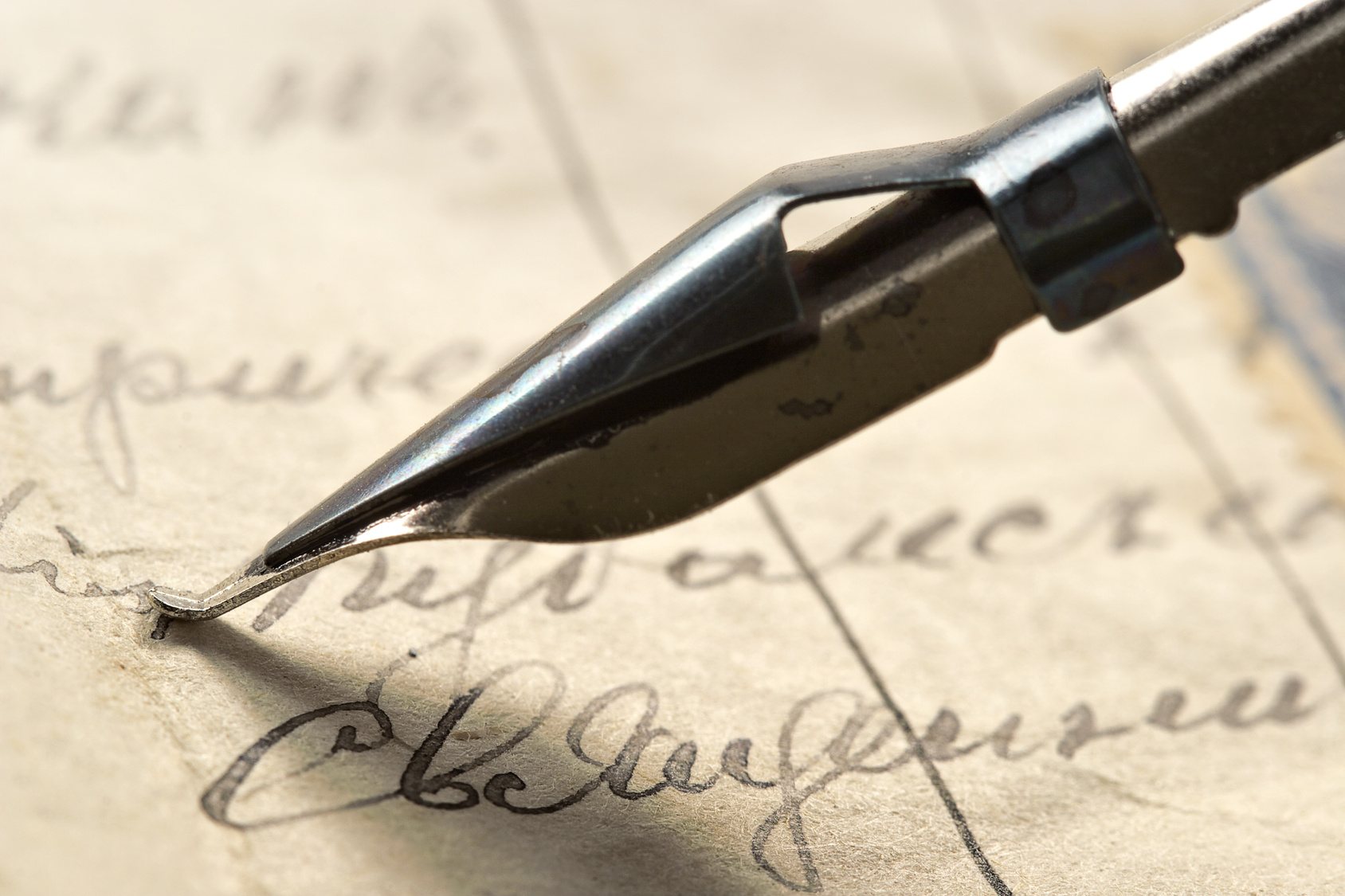Preface
In this seventh edition we have retained the basic objective of the earlier editions:
• to present a comprehensive and rigorous treatment of classical thermodynamicswhile
retaining an engineering perspective, and in doing so
• to lay the groundwork for subsequent studies in such fields as fluid mechanics, heat
transfer, and statistical thermodynamics, and also
• to prepare the student to effectively use thermodynamics in the practice of engineering.
We have deliberately directed our presentation to students. New concepts and definitions
are presented in the context where they are first relevant in a natural progression. The
first thermodynamic properties to be defined (Chapter 2) are those that can be readily measured:
pressure, specific volume, and temperature. In Chapter 3, tables of thermodynamic
properties are introduced, but only in regard to these measurable properties. Internal energy
and enthalpy are introduced in connection with the first law, entropy with the second law,
and the Helmholtz and Gibbs functions in the chapter on thermodynamic relations. Many
real world realistic examples have been included in the book to assist the student in gaining
an understanding of thermodynamics, and the problems at the end of each chapter have
been carefully sequenced to correlate with the subject matter, and are grouped and identified
as such. The early chapters in particular contain a much larger number of examples,
illustrations and problems than in previous editions, and throughout the book, chapter-end
summaries are included, followed by a set of concept/study problems that should be of
benefit to the students.

Hacene@freebooks














No comments:
Post a Comment
We are delighted to interact with the post, but please
Terms of comment:
The comment must be within the context of the entry was not to put any external links or publicity even published commentary.